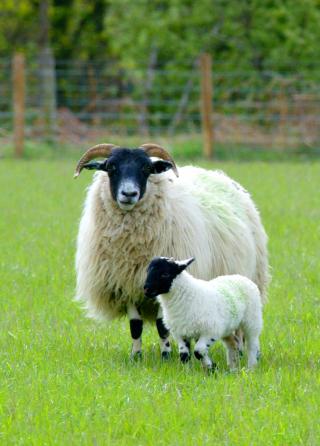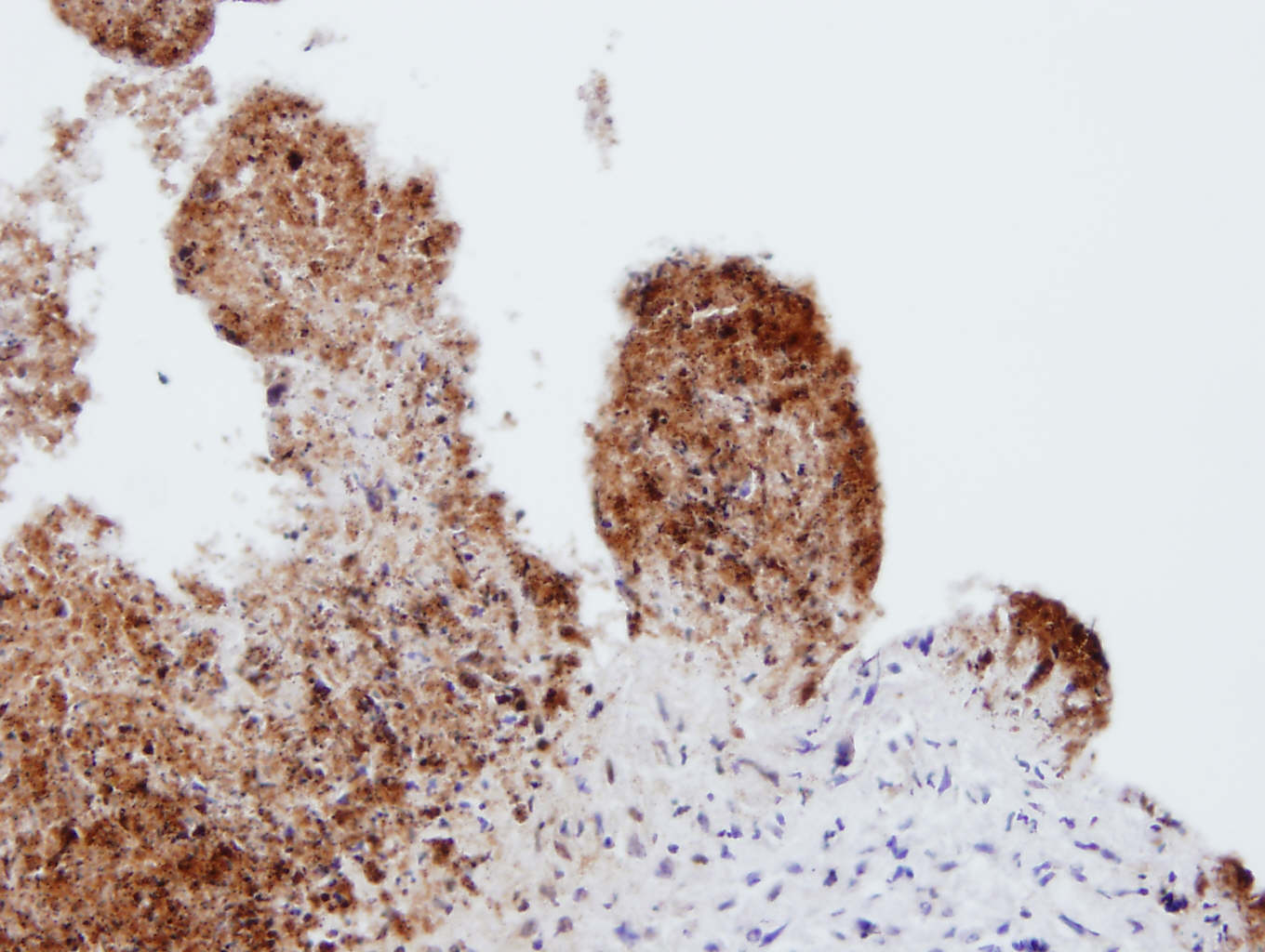Infectious Causes Of Reproductive Failure In Livestock
Published on 23 March 2009 in Sustainability and Communities , Food, health and wellbeing

Introduction
Reproductive failure has a negative impact on livestock production, animal health and welfare and ultimately rural economies. There are several potential underlying causes of reproductive failure and not all of these are known. However, there are many infections that have been clearly identified as causing abortion/stillbirth in cattle and sheep. Such infections include viruses (bovine viral diarrhoea virus, border disease virus, bovine herpes virus, bacteria (Chlamydophila abortus, Campylobacter fetus, Listeria monocytogenes, Bacillus licheniformis) and protozoa (Toxoplasma gondii, Neospora caninum). All of these infections are endemic in the UK and affect livestock farmers by reducing productivity in cattle herds and/or sheep flocks. Some of these infections cause abortion/stillbirth when they are acquired for the first time in animals that are already pregnant. However, some infections can be acquired by animals before they are pregnant and persist in a subclinical state. Notable examples of these are N. caninum in cattle and C. abortus in sheep. Persistently-infected animals may be difficult to identify since they do not show overt signs of disease. They therefore represent an effective way for these pathogens to survive within a herd or flock. To develop better control strategies for these infections, it is important to understand how the organisms cause disease (pathogenesis), identify what type of immune response control the infection, and investigate what changes in the immune response occurs during pregnancy that result in a sub-clinical infection manifesting as abortion/stillbirth.
Key Points
The research being undertaken into neosporosis in cattle (caused by N. caninum) and ovine enzootic abortion in sheep (OEA; caused by C. abortus) has shown that these micro-organisms establish a very intimate relationship with the host immune system and have evolved very complex survival strategies. Even although one is a protozoan that primarily affects cattle and one is a bacterium that primarily affects sheep, they share some common features. They both live inside host cells and in doing so they manage to avoid certain components of the host immune response, such as antibodies, that might otherwise kill them. Furthermore, the research illustrates that they not only avoid antibodies, but they can respond to other aspects of the immune response (cell-mediated immunity) by slowing their growth inside cells. This suggests that the immune response itself can contribute to the maintenance of persistent infections. Although antibodies may play a minor role in protection, they are very useful for diagnostic purposes.
Research Undertaken

Since the immune response can contribute to persistence in non-pregnant animals, we are investigating how this ultimately leads to abortion/stillbirths. This involves studies on adaptations to the maternal host immune system during pregnancy that prevent immunological rejection of the fetus. Such adaptations are necessary since the fetus inherits half of its genes from its father and is therefore immunologically different from its mother. The organisms appear to exploit this special immunological situation and we have found that abortion/stillbirth caused by infection is associated with very characteristic inflammation in the placenta that is not observed in animals that have normal pregnancies. Inappropriate immune activation appears to be damaging the placenta, restricting nutrient exchange between the fetus and mother resulting in the termination of pregnancy. One example is the expression of a molecule called a chemokine (CXCL8) that recruits inflammatory cells to the placenta (Fig 1). Since the immune system is involved in persistence of these organisms and in the damage we see in the placenta, we need to carefully design our vaccines to avoid inappropriate immune activation. This involves identification of the protective elements of the organisms and also identification of proteins that are useful for diagnosis.
Policy Implications
The knowledge we are generating is geared towards the development of new safe and effective vaccines for neosporosis and OEA. This work fits with the aims of the Animal Health and Welfare Strategy. The ability to discriminate between infected and vaccinated animals (DIVA) by developing improved diagnostic tests will allow farmers to implement evidence-based management strategies to control infectious abortion in their cattle herds and sheep flocks.
Author
Professor Gary Entrican gary.entrican@moredun.ac.uk
Topics
Sustainability and Communities , Food, health and wellbeing







